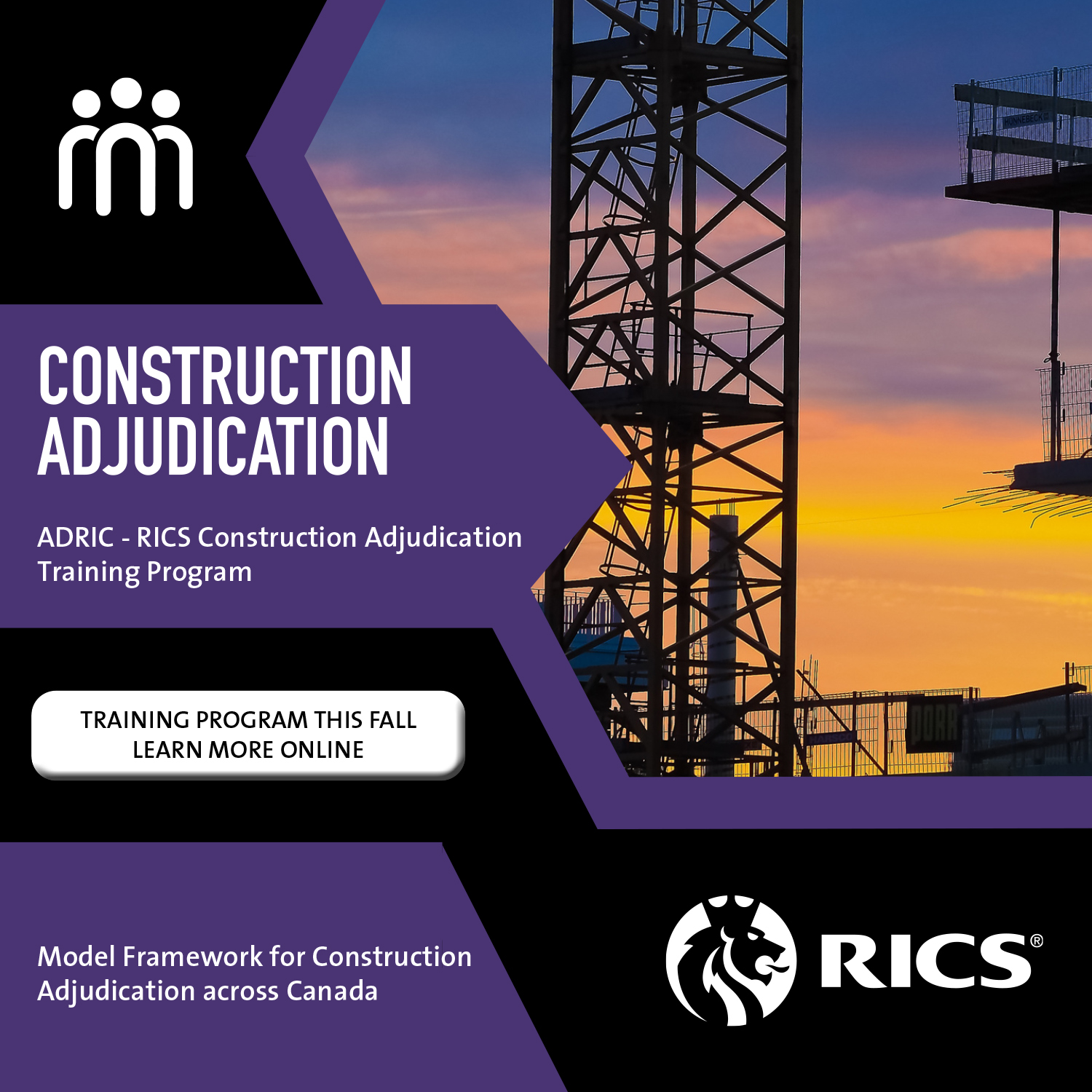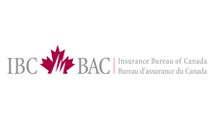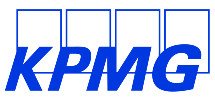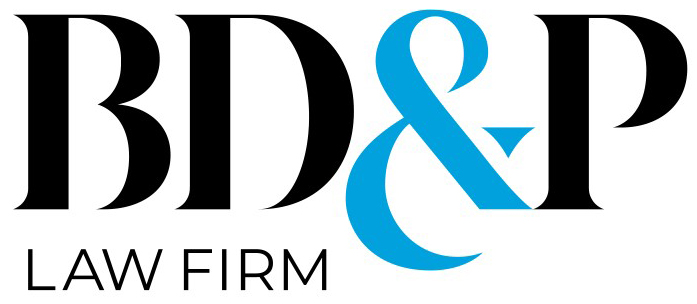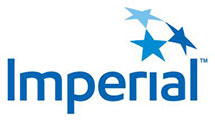
Effective Closing Techniques for Mediators
By Sheldon J. Stark, Mediator and Arbitrator
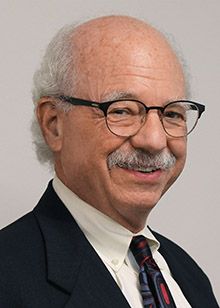
We are often selected as mediators because we have the skills to assist parties in reaching a satisfactory resolution. A common tool is the mediator proposal, to be discussed in another article to be published. In this paper, five alternative techniques are described to assist you in helping parties resolve their differences.
“Would You Take If They Would Pay/ Would You Pay If They Would Take?”
This technique is effective when negotiations have slowed to small, painful increments causing aggravation to all participants. It can be started in either room. In the plaintiff’s room, the hypothetical question is: is there a number higher than the last defense proposal – a number suggested by the mediator – that would be acceptable? In the defendant’s room, the question is whether a specified number below the plaintiff’s last demand would be agreeable if the plaintiff would accept it. The number the mediator suggests might require negotiation. For example, if the plaintiff asked for $275,000, and the defendant countered with $180,000, the mediator might ask, “If I could get them to pay $210,000 would you take it? I have no authority for this but believe they could be persuaded if it would settle the case.” The answer is often “yes;” but could be, “No. However, $225,000 would do.” Once agreement is reached on the number to communicate – and only with a confidential agreement to accept in hand – the mediator approaches the defense asking if they would pay if the plaintiff would accept. If no, is there an alternative number they would pay? I don’t disclose I have the money, only that I strongly believe I can get it. There is no downside or prejudice to the negotiators because the numbers they’re hearing come from the mediator, not the other side. If the “hypothetical number” doesn’t resolve the case, the parties are protected: In the example above, the plaintiff has never gone below $275,000, defendant never above $180,000. Using hypothetical numbers, the mediator uncovers a number both sides can live with.
The Lee Jacobson 3-Number Technique
This technique works best when parties refuse to budge, but the mediator believes there is much more room to move. Each side is asked to submit three numbers to the mediator simultaneously and on a strictly confidential basis and explained the rules. For the plaintiff, the first number must be below their last communicated offer. The number would be an “acceptable” settlement, though nothing to write home about. The second must be south of the first and, if paid, acceptable but “disappointing”. The third must be south of the first two and best characterized as a “heartburn” number. Yes, it would settle the case, but the plaintiff would be unhappy, experiencing severe heartburn. The defense submits three numbers higher than their last communicated offer using the same three criteria: a barely acceptable resolution, a disappointing resolution, and a heartburn resolution.
The mediator then reviews the six numbers on a confidential basis. The technique only works with the heartburn numbers. If their heartburn numbers are the same, the dispute settles at the heartburn number. If the heartburn numbers overlap – defendant offers more than plaintiff asks – the case settles for the midpoint. If the numbers are 10% apart or less, the case settles for the midpoint. Ten percent is calculated by adding the two heartburn numbers together and multiplying by 0.1. For example, if the plaintiff’s heartburn number is $100,000 and the defendant’s heartburn number is $90,000, the difference is $10,000.
- $100,000 + $90,000 = $190,000.
- 0.1 x $190,000 = $19,000.
The difference is well within 10%. Accordingly, the case settles at the midpoint, $95,000. If the numbers are 20% or less apart, we continue working by: 1) returning to bargaining; 2) trying to negotiate brackets; 3) disclosing the confidential numbers, with permission, and seeing if there is something between that would be acceptable; and/or 4) offering a mediator proposal. If the difference exceeds 20%, the mediation is over. Some mediators use 25%. I’ve employed this technique dozens of times. Its magic has failed only twice!
The Andy Little “Value of Closure” Technique
During the introductory, ex parte get-acquainted meeting I hold with each party and counsel at the start of a mediation, I ask for a list of party goals and objectives. “What do you hope to gain,” I ask, “from the mediation process today?” Parties usually list “fair compensation”, “justice”, “an apology”, or some variation of each.
If closure is not on the list, I ask if I can add it. “Is there value to you,” I ask, “in putting this dispute in the rearview mirror and moving on with your life in a more positive, constructive fashion?” Only rarely has a party said no.
Fast forward to the end of the mediation. If a gap exists between the last demand and counteroffer, I remind the party that, when we started, they said closure had value. “We are $15,000 apart. I don’t believe I can get them to pay another dollar. They tell me this is the end of their authority and I have no basis to believe otherwise. I know it isn’t what you hoped. You’ve made that clear. But their last offer, if accepted, does provide closure and closure has value. No one else can tell you the value of closure. Not me. Not your lawyer. Not even your spouse or best friend. Only you know the value of closure to you. What is the value of closure? Is it $15,000? If it is, resolution at this number would bring you all the benefits of closure.”
Paying Both Halves of the Mediator Fee
Mediation can be expensive even where the parties split the cost. In an employment case, the employer will sometimes agree to pay both halves of the mediator fee, which is often just enough to close the gap between a deal and no deal. Paying both halves works because mediator fees frequently come out of a litigation budget, not an operations budget. Decision-makers and settlement criteria differ for each. Management representatives often expect it. There is no surprise when the plaintiff asks. In commercial litigation, a request to pay both halves is not always taken well.
Charitable Contributions
Sometimes the parties get close only to dig in, unwilling to pay/accept even one more dollar. Mediator Orit Asnin in Israel finds parties may be persuaded to close a deal by making a contribution to a charitable entity to close the gap.
Conclusion
Closing techniques come in handy at the end of a long, tough day of bargaining when everyone is tired and grumpy. The more techniques available, the greater the likelihood a path can be found to an acceptable resolution.
Sheldon J. Stark has been providing ADR services since the mid-1980s. His services include mediation, arbitration, case evaluation and neutral third-party investigations.

